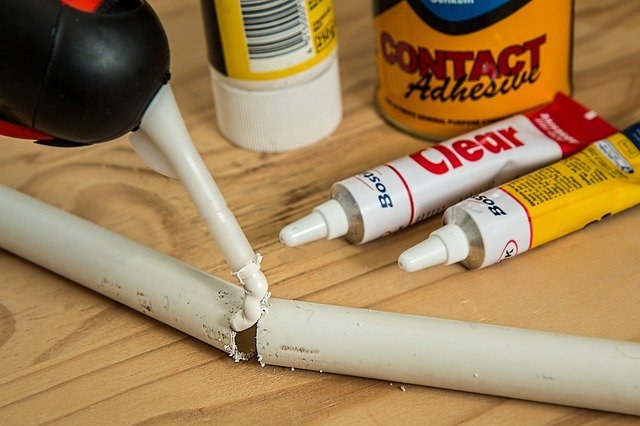Anything used in a fastening or bonding procedure in the packaging industry is considered an industrial adhesive. Epoxies, hot melt, sealants, acrylics, thermostats, and silicon adhesives are among the many varieties of adhesives used daily. Cement and mortar, which all of us are familiar with, are also called manufacturing adhesives.
Different forms of industrial adhesives have various properties or characteristics and can be used for a variety of applications. These adhesives have exceptional bonding properties, such as hot melt adhesives that can be softened and hardened regularly by heating and cooling.
Types of Industrial Adhesives According to their Properties or Characteristics
- Pressure-sensitive adhesives, which, as the name implies, require just a small amount of pressure to adhere to most materials, are often extremely flexible. Water-based, solvent-based, and latex-based pressure-sensitive adhesives are all available
- UV curing adhesives, which rely on ultraviolet light or other types of radiation to heal, create a solid and lasting bond without the use of heat. One factor to remember is bonding time; some UV curing adhesives bond immediately, while others take longer.
Types of Industrial Adhesives According to their Chemical Composition
Acrylic, silicone, rubber, and polyurethanes are only a few examples of industrial adhesives that are characterised by their chemical composition.
- Acrylic adhesives have a shorter setting time than most other resins and are very weather resistant.
- Polyurethanes are long-lasting, flexible, and impact-resistant.
- Rubber adhesives and sealants are commonly available and have a variety of applications. Rubber adhesives are typically made of nitrile or butyl compounds, and they have a tight yet versatile bond between surfaces. Epoxy adhesives are known for their chemical and environmental resistance, as well as their general usefulness in a variety of applications.
- Anaerobic adhesives can be used safely in an oxygen-free atmosphere and are commonly used in the military, aerospace, and marine industries. Some anaerobic adhesives are intended for use in high-voltage environments, as well as for electrical devices and semiconductors.
- Silicon-based adhesives are known for their flexibility as well as their high heat resistance (up to 600°F). Polyurethane sealants and adhesives come in one- or two-part adhesive solutions and are known for their longevity and high impact resistance.
Differences Between Consumer and Industrial Adhesives
There’s a lot more to the distinctions between consumer and industrial adhesives than just the mark. Adhesive manufacturing for a particular purpose, substrates, temperature tolerance, and chemical resistance, in general, maximises efficiency in each use. We’ve also seen the commercials for consumer adhesives that say things like “bonds everything,” “multi-purpose,” and “super hard on everything.” No one adhesive can bind anything, but certain commercial brands are excellent and useful to have on hand for one-time repairs.
Technical or industrial adhesives, on the other hand, are integrated into a production process to achieve the best possible outcomes. They will increase assembly efficiency while lowering production costs.
Every day, items are created and marketed for consumer use. If it’s envelopes, a birdhouse, a ceramic gingerbread house, or even a paperback, the average customer buys the product without ever thinking about what goes into making it. However, even the production of a single consumable commodity involves many sectors. Workers are employed in several capacities by the timber, paper, and glue industries, which produce daily items used in our houses, workplaces, and even classrooms. Adhesives alone account for a much higher percentage of the global production process than one would think.
Some commercial adhesives are intended to bind or provide an electrical path between parts. Radiofrequency interference and electrostatic discharge are also issues that these adhesives tend to avoid. Circuit boards, transformers, and generators all use these adhesives regularly.
Commercial adhesives with modern – and more efficient – properties are increasingly being developed today. Engineers and scientists are looking at ways to improve many various aspects of industrial adhesives, such as flexibility, hardness, setting time, temperature, and chemical resistance.


